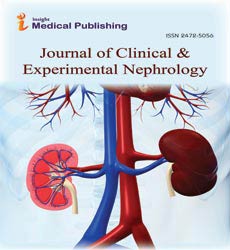Abstract
Basics of Medical Documentation for Nephrologists Practicing in the United States
As nephrologists we spend a considerable amount of time mastering the art of diagnosing and treating kidney diseases, which is paramount for improving health of our patients. However, it is equally important to have a solid understanding of basics of medical documentation and how it applies to a nephrology subspecialty in order to communicate with other providers and auditors, and receive appropriate reimbursement for rendered services. In addition, the knowledge of medical documentation helps to avoid over performing and documenting unnecessary findings, and allows to concentrate on a key elements supporting medical decision making, thereby, contributing to overall efficiency. This paper overviews the structure of medial documentation and its key sections such as History, Physical examination, and Medical decision making. We also review documentation requirements for different types and levels of medical encounters routinely performed by nephrologists, including documentation for dialysis encounters.
Author(s):
Elvira O Gosmanova, Aidar R Gosmanov and Robert B Canada
Abstract | Full-Text | PDF
Share this

Google scholar citation report
Citations : 387
Journal of Clinical & Experimental Nephrology received 387 citations as per google scholar report
Abstracted/Indexed in
- Google Scholar
- Sherpa Romeo
- China National Knowledge Infrastructure (CNKI)
- Directory of Research Journal Indexing (DRJI)
- WorldCat
- Publons
- Secret Search Engine Labs
Open Access Journals
- Aquaculture & Veterinary Science
- Chemistry & Chemical Sciences
- Clinical Sciences
- Engineering
- General Science
- Genetics & Molecular Biology
- Health Care & Nursing
- Immunology & Microbiology
- Materials Science
- Mathematics & Physics
- Medical Sciences
- Neurology & Psychiatry
- Oncology & Cancer Science
- Pharmaceutical Sciences

